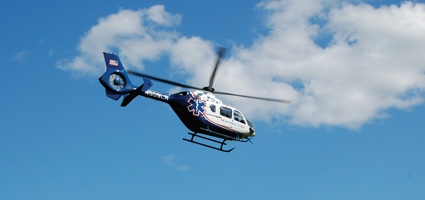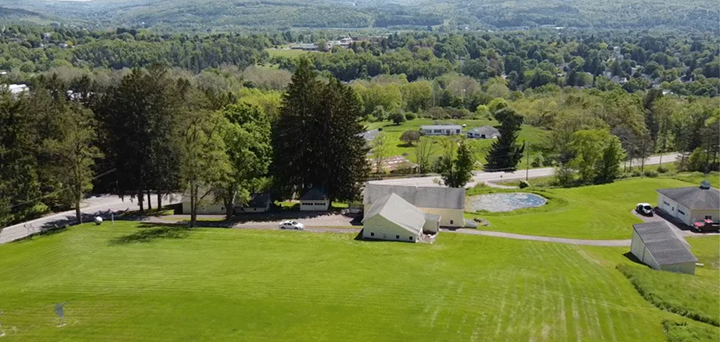New helicopter base in Sidney will cut emergency response times in half
SIDNEY– Soon the chances of survival after a traumatic accident or other dire medical emergency will rise, thanks to a new helicopter base at the Sidney Airport. It’s expected to cut aerial response times to local emergencies in half.
“The average time to wait now for a Mercy Flight helicopter out of Marcellus or for a Guthrie Air helicopter out of Pennsylvania on average is at least 20 minutes. Soon though the ETA (estimated time of arrival) with the helicopter in Sidney can cut a line right through the middle of the county and be in Otselic Valley in about 12 minutes,” said Chenango County Emergency Management Deputy Director Matthew L. Beckwith.
The new helicopter service is part of the Air Methods Corporation’s efforts to expand into areas of New York State that have gaps in coverage, explained the company’s business manager, Jonathan Gryniuk. The company funded a needs assessment study of emergency aerial coverage in rural New York in 2009 which resulted in the company organizing two new sites of operation.
“We wanted to find areas where we could place aircraft closer to the communities in need,” said Gryniuk. “With crews already nearby we’ve basically cut down on half the trip it would take other responders to get there from outside the area.”










Comments